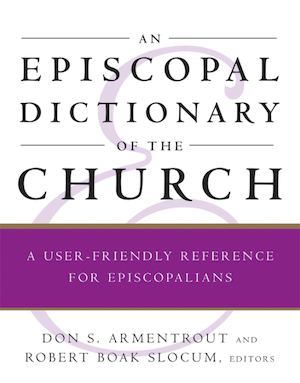Order
1) Concerning the form or structure of a liturgical service. The BCP provides “orders” for services at noonday (pp. 103-107) and in the evening (pp. 109-114). The BCP also provides orders for eucharist (pp. 400-405), marriage (pp. 435-436), and burial (pp. 506-507). These “orders” are often used as alternate services for pastoral reasons or special occasions instead of other liturgical forms. For example, “An Order for Celebrating the Holy Eucharist” (known by some as “Rite 3”) is “not intended for use at the principal Sunday or weekly celebration of the Holy Eucharist” (BCP, p. 400). These orders insure the basic form of the church’s liturgy in these services, while allowing enhanced flexibility to those who plan and participate in the service.
2) Concerning the forms of ministry in the church. The ministers of the church are lay persons, bishops, priests, and deacons (BCP, p. 855). In a “vote by orders” in the House of Deputies of the General Convention, or in a diocesan convention, the votes of clergy and lay orders are counted separately. All baptized persons are members of the church and called to ministry. Some members of the church are ordained as bishops, priests, and deacons. These members of the church are in “holy orders.”
3) A religious order is a society whose members voluntarily commit themselves for life or a term of years to holding their possessions in common or in trust and to living a celibate life in community in obedience to the rule and constitution of the religious order. See Vows.
Glossary definitions provided courtesy of Church Publishing Incorporated, New York, NY,(All Rights reserved) from “An Episcopal Dictionary of the Church, A User Friendly Reference for Episcopalians,” Don S. Armentrout and Robert Boak Slocum, editors.

